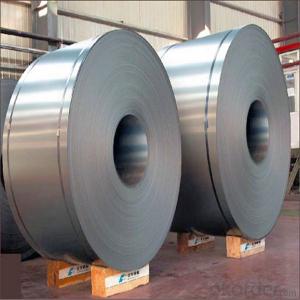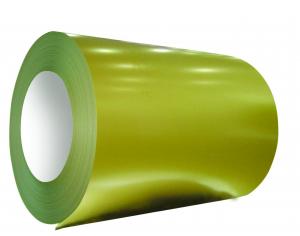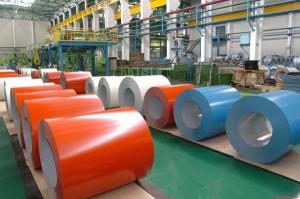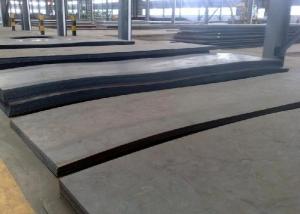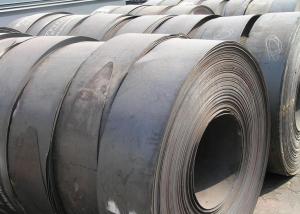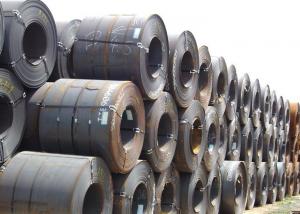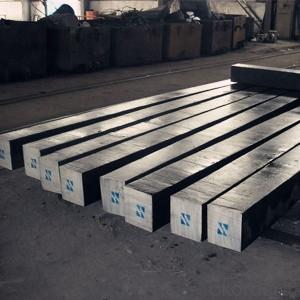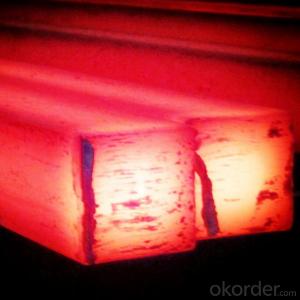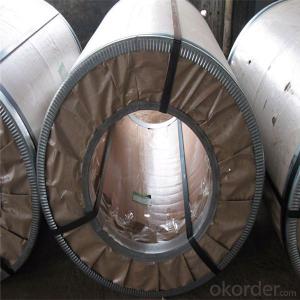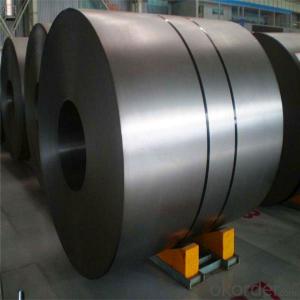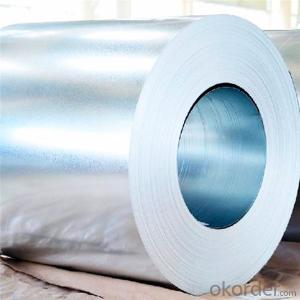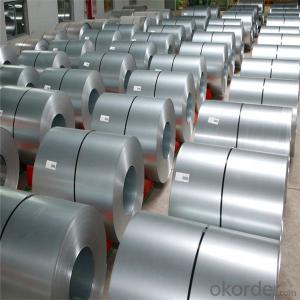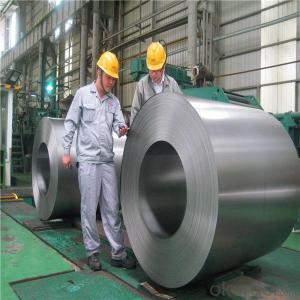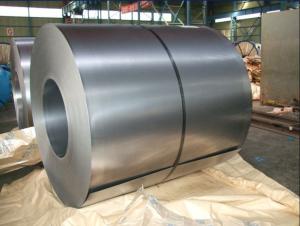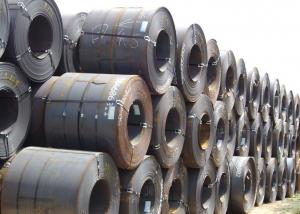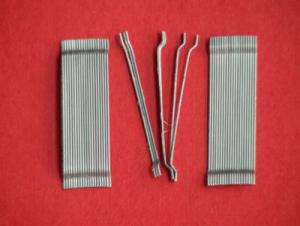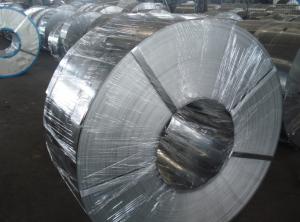Cold Rolled Steel Made in China/China Supplier
- Loading Port:
- China main port
- Payment Terms:
- TT OR LC
- Min Order Qty:
- 20 m.t.
- Supply Capability:
- 50000 m.t./month
OKorder Service Pledge
OKorder Financial Service
You Might Also Like
Specification
Prime Quality SPCC Cold Rolled Steel Sheet/Coil
Widely used to appliance,automobile industry or other decoration usage.
Certificate: ISO9001
Packing Details: Wrapped by water proof paper and plastic film.Covered with iron sheet,strapped by steel strips to protect the damage under transportation.
Details please check following format
Brief Introduction
Cold rolled steel coil is steel that has been worked below its recrystallization temperature by passing it between a pair of rollers. Recrystallization temperature is the temperature at which grains in the lattice structure of the metal have been rearranged, leaving it free of strain and deformations. Cold rolled steel coil is pre-treated before being cold rolled with a process known as pickling, which uses strong acids to remove scale and other impurities. The cold rolled steel coil is then passed through rollers to reduce its thickness. Most cold rolling takes place in multiple passes and as the size of the cold rolled steel coil is further reduced, its strength and hardness both increase, but its ductility decreases. After cold rolling, heating the metal up in a process known as annealing can restore some of its ductility. The final cold rolled steel coil may be manufactured in the form of sheets, strips, bars, or other forms.
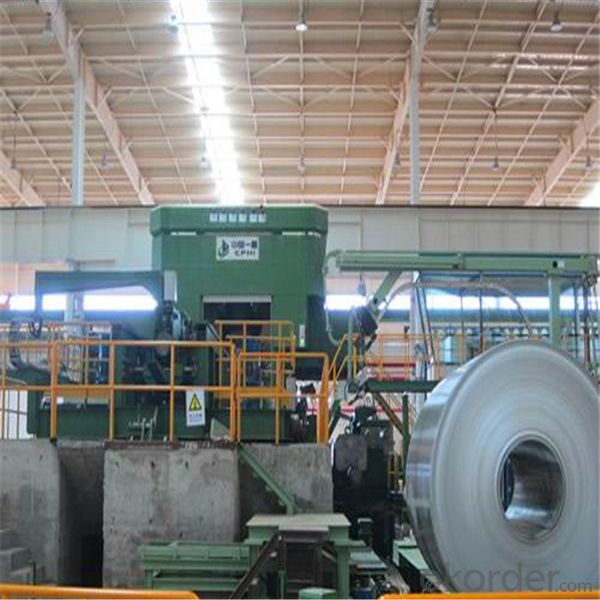
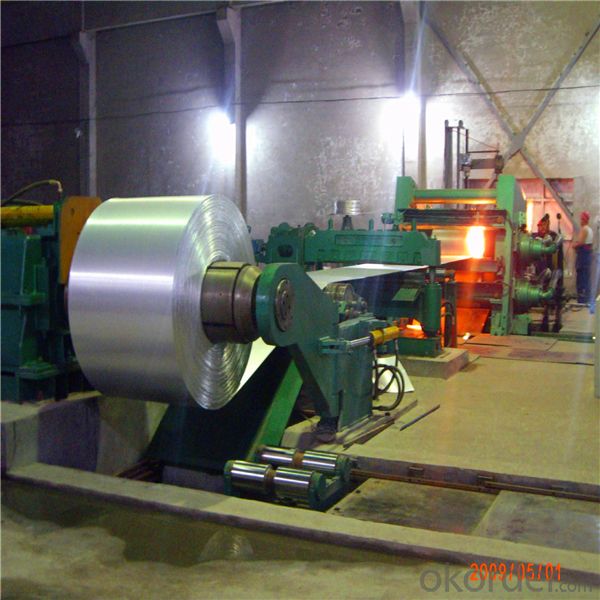
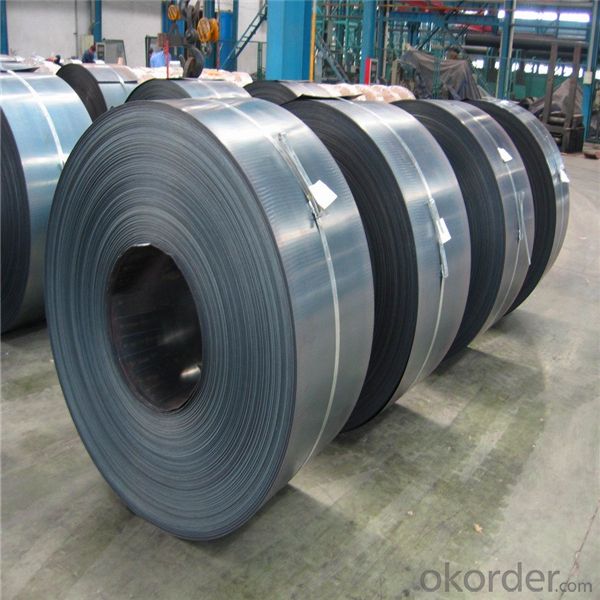
Specification
1. Thickness: 0.4-2.0mm
2. Width: 900-1250mm
3. Inner Diameter: 508mm
4. Weight of Steel Coil: 3-15MT
5. Heat Treatment: Annealed
6. Margin Status: EC & EM
7. Surface Quality: FB&FC
8. Surface Status: SB & SD
9. Surface Treatment: Oiling
Mechanical Properties
1. Yield Strength: ≤320MPa
2. Tensile Strength: ≤370MPa
3. Elongation (L=50mm, b=25mm) When:
(1) Nominal Thickness<0.25mm: 30%
(2) Nominal Thickness 0.25mm-<0.40: 32%
(3) Nominal Thickness 0.40-<0.60mm: 34%
(4) Nominal Thickness 0.60-<1.0mm: 36%
(5) Nominal Thickness 1.0-<1.6mm: 37%
(6) Nominal Thickness >1.6mm: 38%
Standard: AISI, ASTM, BS, DIN, GB, JISGrade: DX51D, SGCC, ENG10142, ASTM A653Thickness: 0.1mm-3.0mm
Place of Origin: Hebei China (Mainland)Brand Name: YuandaModel Number:
Type: Steel CoilTechnique: Cold RolledSurface Treatment: Other
Application: Flange PlateSpecial Use: High-strength Steel PlateWidth: 700mm-2000mm
Length: As required
Packaging & Delivery
- Q: How are steel forgings used in heavy machinery and equipment?
- Steel forgings are used in heavy machinery and equipment primarily for their superior strength, durability, and reliability. These forgings, made by shaping and compressing the steel under extreme heat and pressure, provide the necessary structural integrity to handle high loads and withstand harsh operating conditions. They are commonly used in components such as gears, shafts, crankshafts, and connecting rods, ensuring optimal performance and longevity of heavy machinery and equipment.
- Q: How are steel beams used in construction?
- Steel beams are commonly used in construction to provide structural support and stability to buildings and infrastructure. They are often used as load-bearing elements in the construction of walls, floors, and roofs, and they can also be used as columns or braces. Steel beams are preferred due to their high strength, durability, and versatility, allowing for the construction of larger, more complex structures.
- Q: How is steel used in the production of agricultural machinery and equipment?
- Steel is used extensively in the production of agricultural machinery and equipment due to its strength, durability, and versatility. It is used to construct the frames, bodies, and components of various agricultural machines such as tractors, harvesters, plows, and irrigation systems. Steel's robust nature allows these machines to withstand harsh environments, heavy loads, and repetitive use, ensuring they can operate efficiently for long periods. Additionally, steel can be easily shaped and welded, making it ideal for creating complex and custom parts required in agricultural equipment.
- Q: What are the different types of steel products used in the manufacturing of outdoor furniture?
- The different types of steel products commonly used in the manufacturing of outdoor furniture include steel tubes, steel rods, steel sheets, and steel wire. These steel products are used to create the structural components of the furniture, such as frames, legs, and support structures. They provide durability, strength, and resistance to outdoor elements, making them ideal for outdoor furniture applications.
- Q: What are the different types of steel coils and their uses?
- There are several different types of steel coils that serve various purposes in different industries. Some common types include hot-rolled coils, cold-rolled coils, galvanized coils, and stainless steel coils. Hot-rolled coils are used in construction, automotive, and manufacturing industries for applications such as structural components and machinery parts. Cold-rolled coils are known for their precision and smooth surface finish, making them suitable for industries like appliances, automotive, and electrical equipment. Galvanized coils are coated with a layer of zinc, providing corrosion resistance, and are commonly used in construction, roofing, and outdoor applications. Stainless steel coils, which are highly resistant to corrosion and heat, find extensive use in kitchen appliances, automotive parts, and medical equipment.
- Q: How are steel products used in the aerospace industry?
- Steel products are used in the aerospace industry for various applications, including the construction of aircraft structures, engine components, landing gears, and fasteners. Steel's high strength-to-weight ratio, durability, and resistance to corrosion make it an ideal material for ensuring the safety and reliability of aerospace systems. Additionally, steel's versatility allows it to be used in both commercial and military aircraft, contributing to the overall performance and efficiency of the aerospace industry.
- Q: How are steel plates heat-treated for improved strength?
- Steel plates are heat-treated for improved strength by first heating them to a specific temperature and then cooling them rapidly, a process known as quenching. This rapid cooling helps to harden the steel, making it stronger and more resistant to deformation. After quenching, the plates are often tempered by reheating them to a lower temperature, which helps to relieve internal stresses and improve toughness. Overall, heat treatment is a crucial step in enhancing the strength and performance of steel plates.
- Q: How is steel used in the transportation industry?
- Steel is used extensively in the transportation industry due to its strength and durability. It is used in the construction of car frames, train tracks, and bridges, ensuring safety and stability. Additionally, steel is used in the manufacturing of ship hulls and aircraft structures, enabling them to withstand harsh environments and maintain their structural integrity.
- Q: How are steel products used in the manufacturing of appliances?
- Steel products are used in the manufacturing of appliances due to their strength, durability, and heat resistance properties. Steel is commonly used as the primary material for the structural components of appliances, such as frames, cabinets, and doors. It is also used for the inner workings of appliances, including motors, heating elements, and other mechanical parts. Additionally, steel is used for the exterior finishes of appliances, providing a sleek and modern look. Overall, steel plays a vital role in ensuring the functionality, longevity, and aesthetic appeal of various appliances.
- Q: What are the uses of steel gratings?
- Steel gratings have a wide range of uses in various industries and applications. They are commonly used as flooring and walkways in industrial plants, commercial buildings, and construction sites due to their durability and high load-bearing capacity. They also provide excellent drainage and ventilation, making them suitable for outdoor areas such as bridges, platforms, and stairs. In addition, steel gratings are used as safety barriers, security fencing, and protective coverings in manufacturing facilities and infrastructure projects. Overall, steel gratings are versatile and essential components that enhance safety, efficiency, and functionality in diverse settings.
Send your message to us
Cold Rolled Steel Made in China/China Supplier
- Loading Port:
- China main port
- Payment Terms:
- TT OR LC
- Min Order Qty:
- 20 m.t.
- Supply Capability:
- 50000 m.t./month
OKorder Service Pledge
OKorder Financial Service
Similar products
Hot products
Hot Searches
Related keywords
